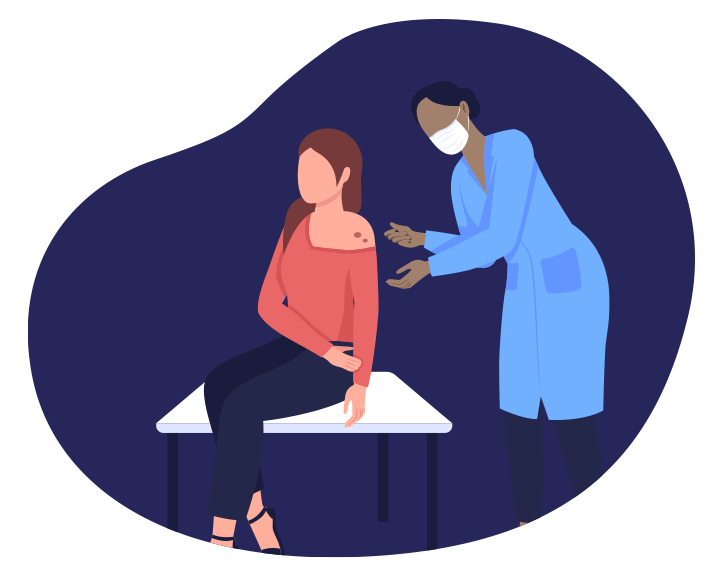
How should atopic eczema be diagnosed?1
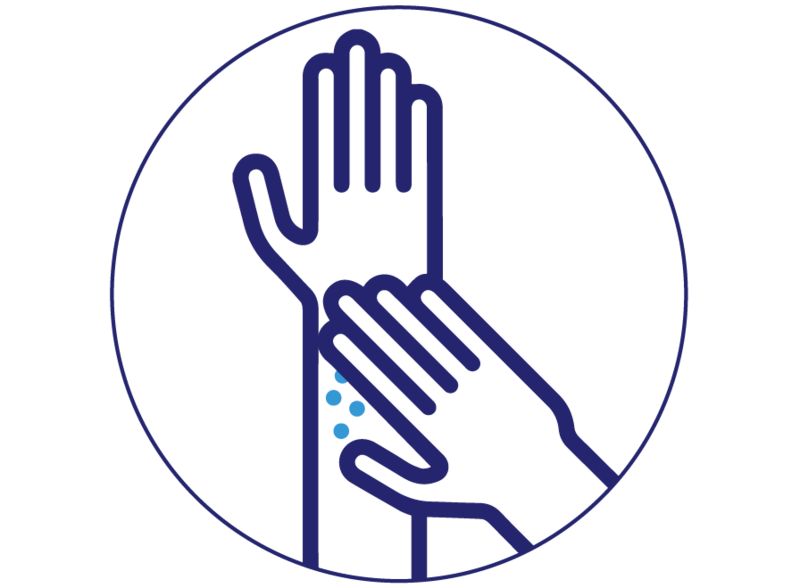
The presence of itching
The diagnosis is unlikely to be atopic eczema if there is no itch.

The pattern, time of onset, and natural history of the rash
Atopic eczema usually starts in infancy and is episodic in nature.

A family or personal history of atopy
Allergic rhinitis and asthma are associated with atopic eczema.
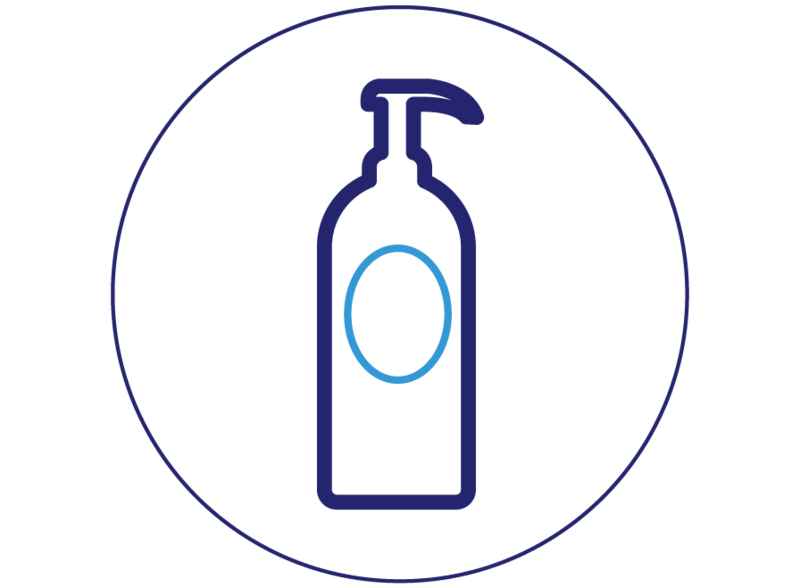
Treatments
Any treatments(s) tried and the response to the treatment(s).

Trigger factors
Check out for possible trigger factors (irritant or allergic). See the section on Identifying trigger factors for more information.
The distribution and appearance of the rash will be influenced by the person’s age and the duration of the rash1-3.

In adults
In adults, there is generalized dryness and itching, particularly with exposure to irritants. Eczema on the hands may be the primary manifestation.

In children
In children and adults with long-standing disease, eczema is often localized to the flexure of the limbs.

In infants
In infants, eczema primarily involves the face, the scalp, and the extensor surfaces of the limbs. The nappy area is usually spared.

Acute eczema (flares)
Acute eczema (flares) varies in appearance, from poorly demarcated redness to fluid in the skin (vesicles), scaling, or crusting of the skin.

Chronic eczema
Chronic eczema is characterized by thickened (lichenified) skin resulting from repeated scratching.

Bacterial infection
If eczema is weeping, crusted, or there are pustules, with fever or malaise, secondary bacterial infection should be considered. See Scenario: Infected eczema for management information.
Visible flexural eczema involving the skin creases, such as the bends of the elbows or behind the knees (or visible eczema on the cheeks and/or extensor areas in children aged 18 months or younger).1
Personal history of flexural eczema (or eczema on the cheeks and/or extensor areas in children aged 18 months or younger).1
Personal history of dry skin in the last 12 months.1
Personal history of asthma or allergic rhinitis (or history of atopic disease in a first-degree relative of a child aged under 4 years).1
Onset of signs and symptoms before the age of 2 years (this criterion should not be used in children younger than 4 years of age).1
Note that these criteria apply to all ages, social classes, and ethnic groups. However, in children of Asian, black Caribbean, and black African ethnic groups, atopic eczema can affect the extensor surfaces rather than the flexures, and discoid or follicular patterns may be more common.1
Note that investigations are not required to establish the diagnosis of atopic eczema. However, they may be useful in excluding differential diagnoses, especially in people whose symptoms do not respond to treatment.1
Healthcare professionals should adopt a holistic approach when assessing a child’s atopic eczema at each consultation, taking into account the severity of the atopic eczema and the child’s quality of life, including everyday activities and sleep, and psychosocial wellbeing (see table 1).4
There is not necessarily a direct relationship between the severity of the atopic eczema and the impact of the atopic eczema on quality of life.4
The table below summarises the NICE Guidelines assessment of the severity of eczema and the psychological and psychosocial wellbeing and quality of life.
It may be appropriate to use objective tools to assess the impact of eczema on your patient’s psychosocial wellbeing and quality of life.3,5
DLQI versions from the Cardiff University are available for measuring quality of life in infants, children and adults.5
What else might it be?1 Differential diagnoses of atopic eczema include:1
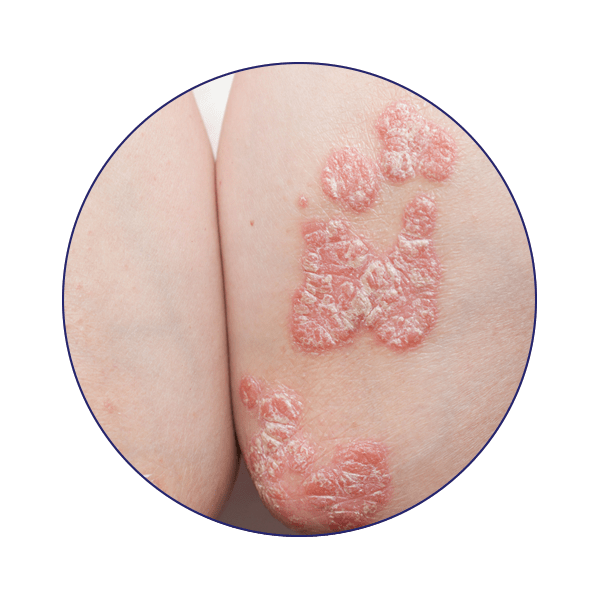
Psoriasis
Less itchy, well-circumscribed, reddish, flat-topped plaques with silvery scales; typically symmetrical.
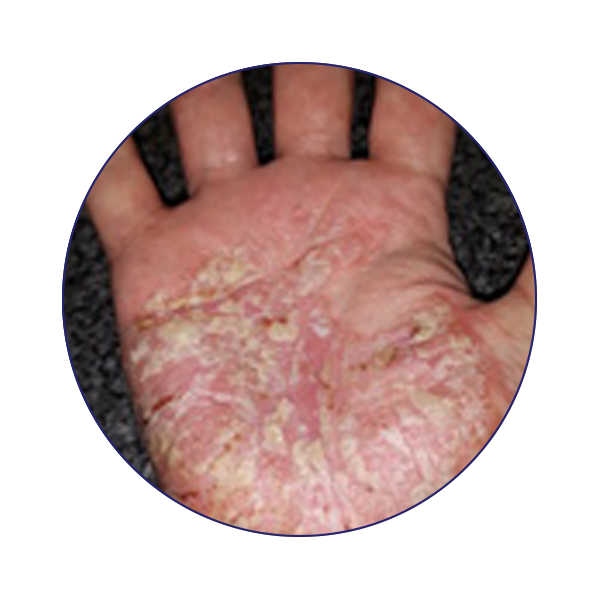
Allergic contact dermatitis
Eczematous rash, at any site related to a topical allergen, in a person of any age. Allergic contact dermatitis can be both an alternative diagnosis and a trigger factor of atopic eczema.
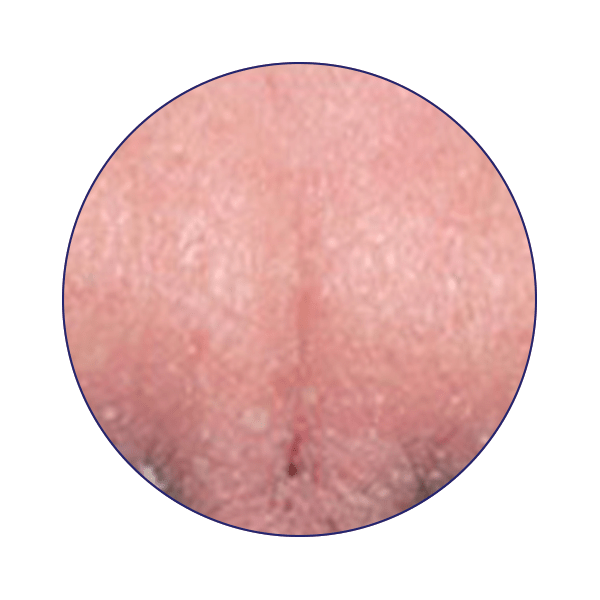
Seborrhoeic dermatitis
Red, sharply marginated lesions with greasy scales; usually confined to areas with sebaceous gland activity (for example ears, beard area, eyebrows, scalp, and nasolabial folds).
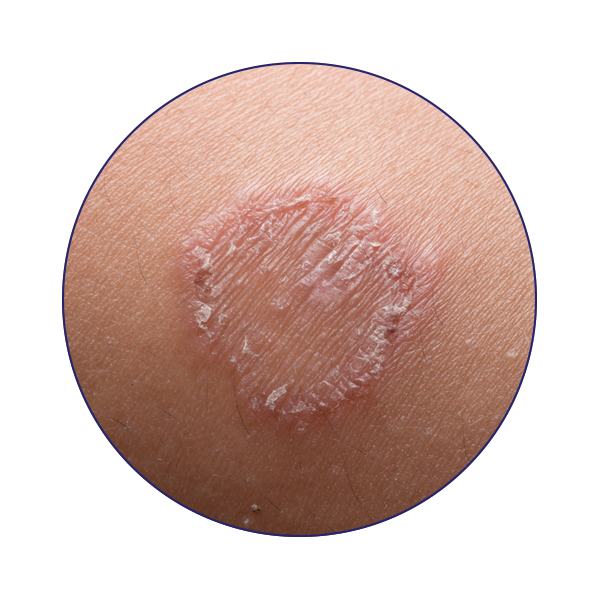
Fungal infection
Annular patch or plaque with slightly raised, sometimes scaly, border, and central clearing.
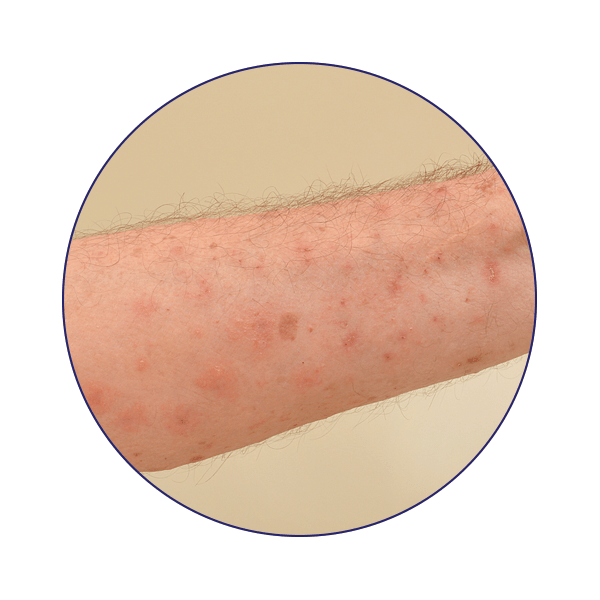
Scabies or other infestations
Should be suspected when there is recent onset of an itchy rash in a family.
NEXT SECTION
Treatment Options
Find out more about the different treatment options for eczema.
NEXT SECTION
Burden Of Itch
Chronic itch, defined as an itch lasting for longer than 6 weeks, is a highly
prevalent symptom of dry skin conditions along with the skin becoming dry,
cracked and irritated.
NEXT SECTION
Clinical Presentation
Find out more about the clinical presentation of eczema.
NEXT SECTION
Woundcare
Find out more about the role emollients play in caring for vulnerable skin.
NEXT SECTION
Follow-up and Referral
Find out more about when to follow-up and when to refer patients.
NEXT SECTION
Hydromol Range
Discover the Hydromol Range.
NEXT SECTION
Complete Emollient Therapy
Find out more about Complete Emollient Therapy
NEXT SECTION
Literature Reviews
Browse Dermatology literature reviews from 2019.
NEXT SECTION
Eczema and Dry Skin
Find out more about eczema and dry skin conditions.
NEXT SECTION
Treatment Options
Find out more about the different treatment options for eczema.
NEXT SECTION
Burden Of Itch
Chronic itch, defined as an itch lasting for longer than 6 weeks, is a highly
prevalent symptom of dry skin conditions along with the skin becoming dry,
cracked and irritated.
NEXT SECTION
Clinical Presentation
Find out more about the clinical presentation of eczema.
NEXT SECTION
Woundcare
Find out more about the role emollients play in caring for vulnerable skin.
NEXT SECTION
Follow-up and Referral
Find out more about when to follow-up and when to refer patients.
NEXT SECTION
Hydromol Range
Discover the Hydromol Range.
NEXT SECTION
Complete Emollient Therapy
Find out more about Complete Emollient Therapy
NEXT SECTION
Literature Reviews
Browse Dermatology literature reviews from 2019.
NEXT SECTION
Eczema and Dry Skin
Find out more about eczema and dry skin conditions.
2. Department of Dermatology, Cardiff University. Dermatology Life Quality Index questionnaire. http://www.cardiff.ac.uk/dermatology/quality-of-life/. Last accessed April 2023.
3. POEM — Patient Oriented Eczema Measure, Centre of Evidence Based Dermatology, University of Nottingham, https://www.nottingham.ac.uk/research/groups/cebd/resources/poem.aspx. Last accessed April 2023.
4. NICE Clinical Guidelines CG57, Atopic eczema in under 12s: diagnosis and management, last updated March 2021, https://www.nice.org.uk/guidance/CG57/chapter/1-Guidance#diagnosis. Last accessed April 2023.
5. Dermatology Life Quality Index, Cardiff University, https://www.cardiff.ac.uk/medicine/resources/quality-of-life-questionnaires/dermatology-life-quality-index. Last accessed April 2023.